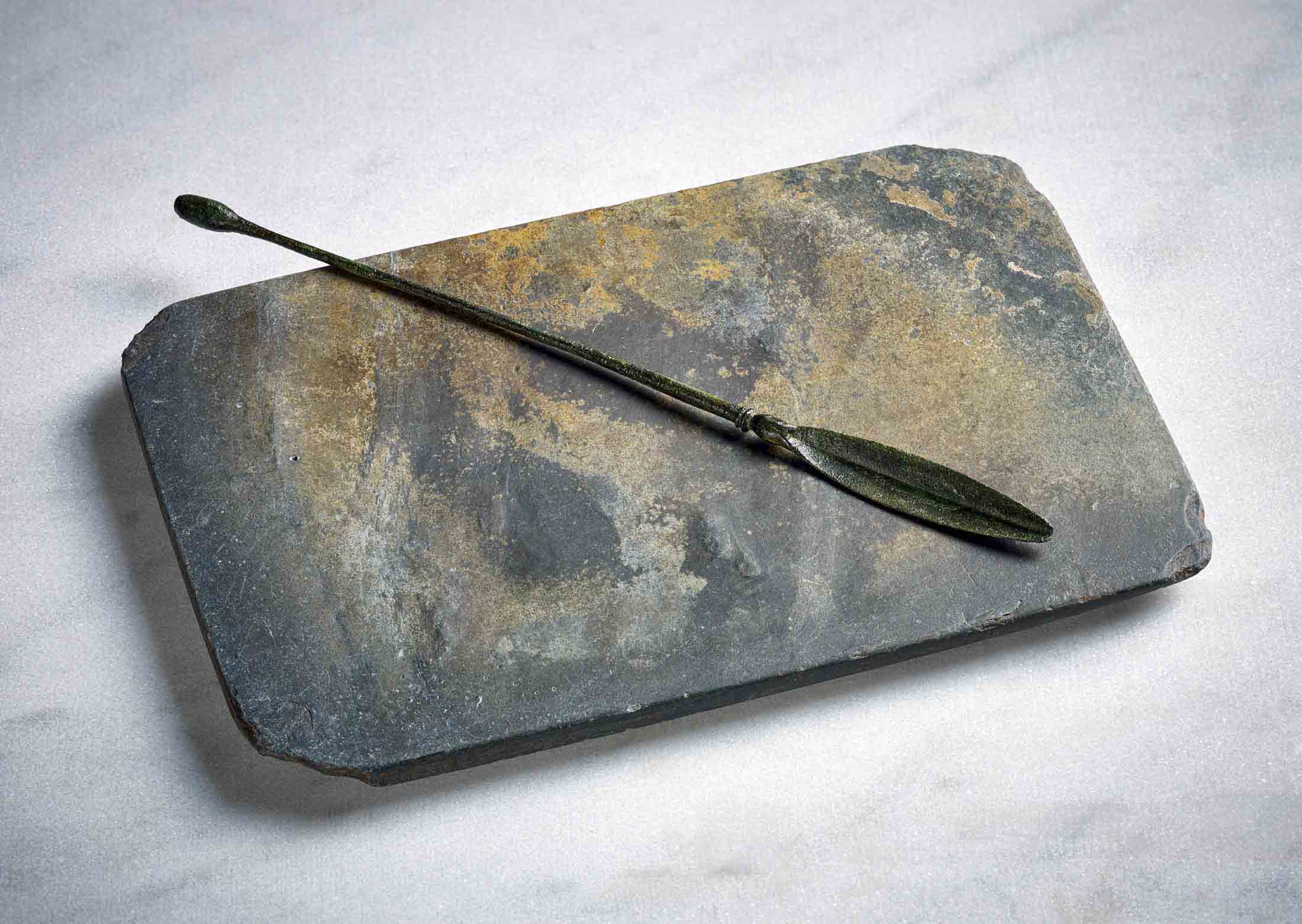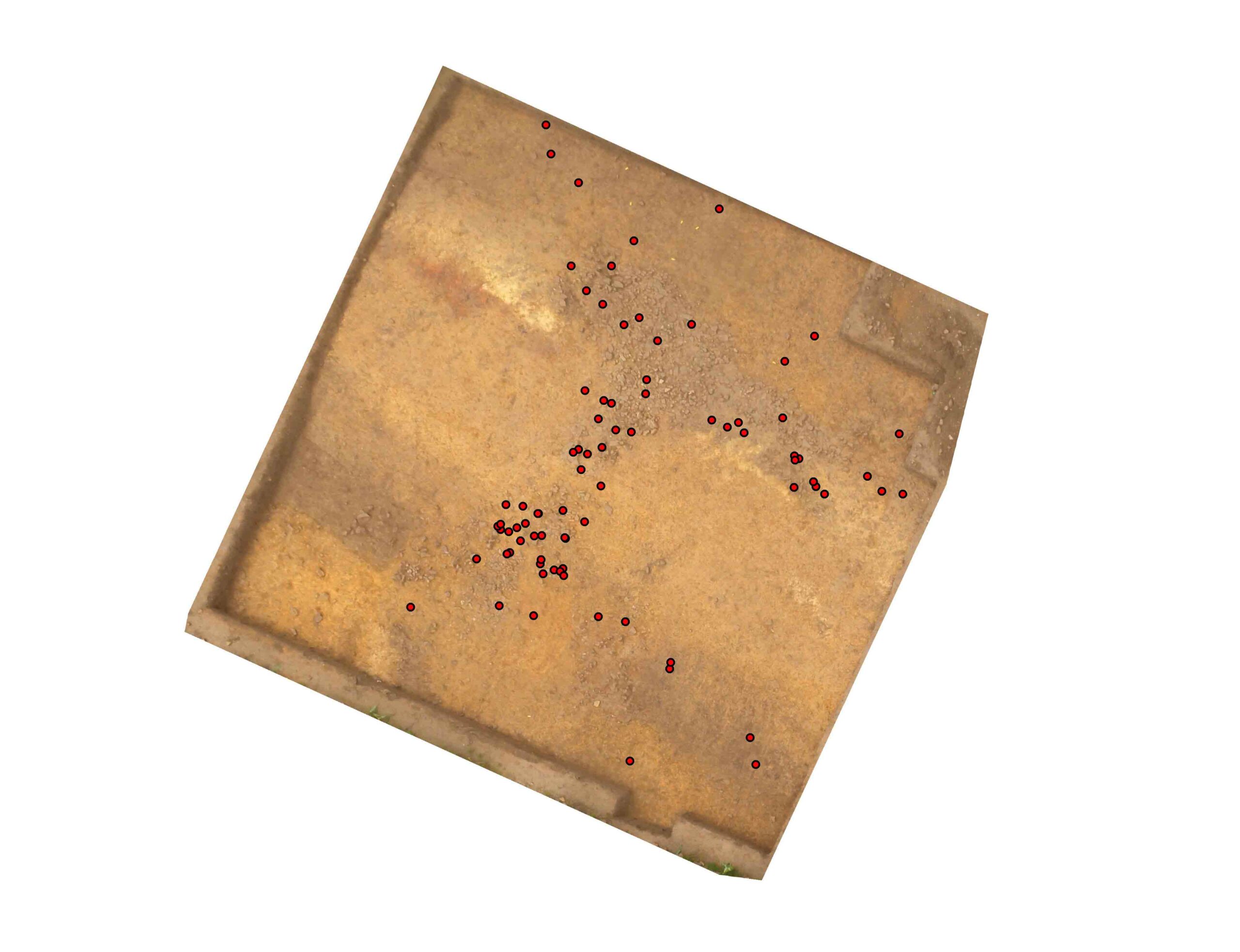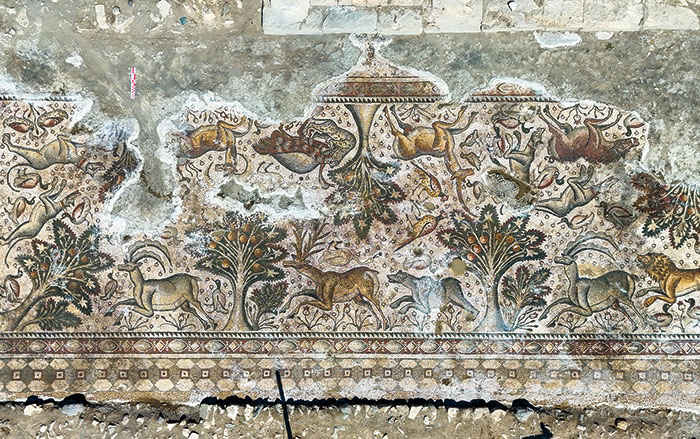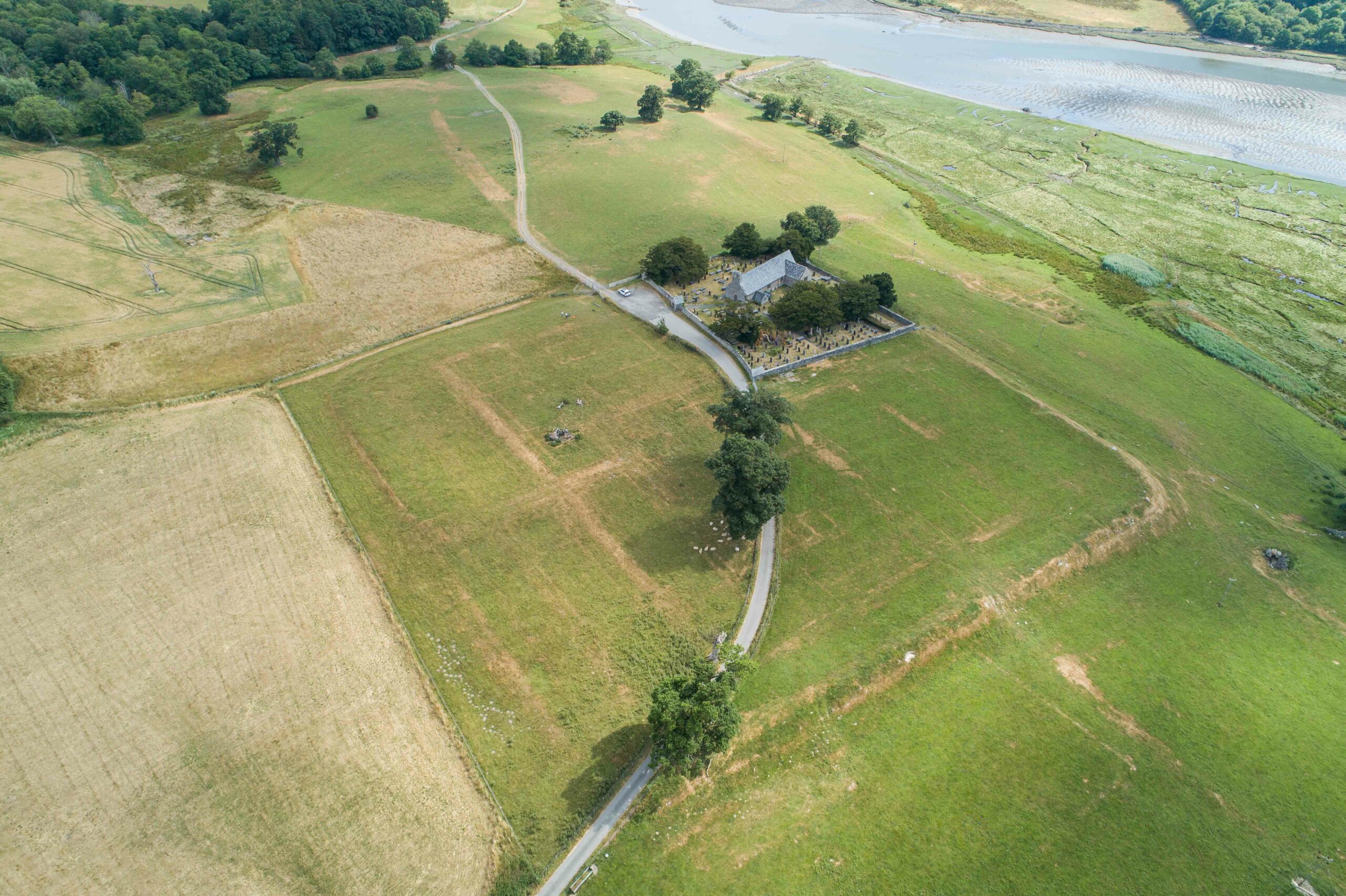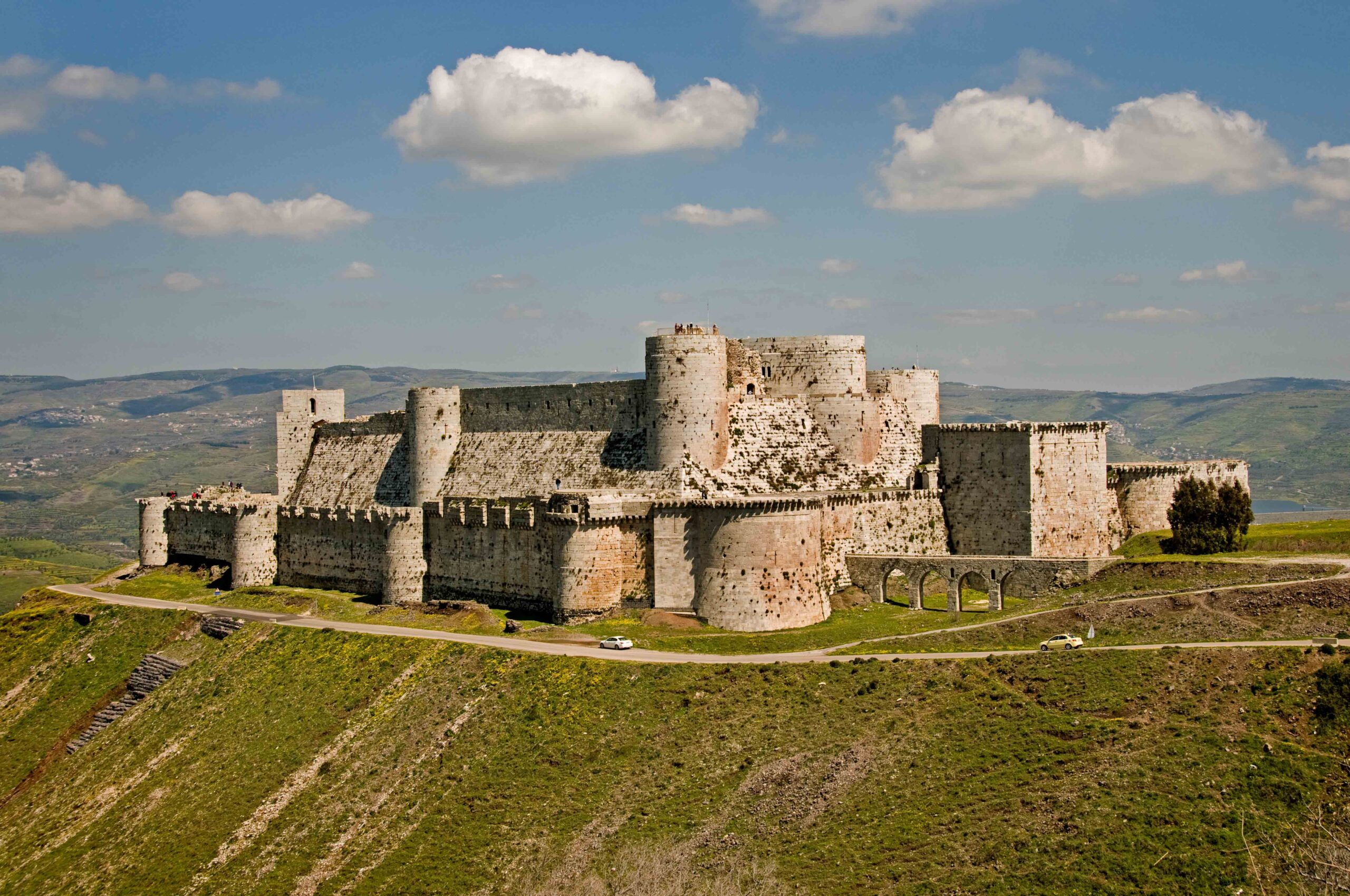
It was common in antiquity for deceased individuals to be sent on their journey to the afterlife with a collection of their cherished objects. Nevertheless, archaeologists in Germany were surprised by the burial assemblage of a wealthy Roman woman who was entombed with her jewelry, her makeup kit, and other finely crafted beauty items. “Cosmetic utensils and jewelry as gifts in women’s graves are not uncommon, but the variety and quality of the offerings is particularly interesting,” says Susanne Willer of the LVR-LandesMuseum in Bonn.
The discovery was made during the installation of sewer and drainage systems near Zülpich. The 25-to-30-year-old woman died around the fourth century A.D. and was interred in a massive stone sarcophagus. When researchers finally lifted and opened the 4.5-ton casket, they discovered a wealth of well-preserved cosmetic artifacts, including glass perfume vials, a bronze oil jar, a silver hand mirror, and a slate makeup palette, with application tools, hairpins, and even a finely carved folding knife with a Hercules figurine as its handle. One glass jar contained the Latin phrase Utere Felix, meaning “use (this) and be happy.” The unknown woman was buried along what would have been the main road connecting the important Roman towns of Trier and Cologne. “These burial offerings,” says Willer, “highlight the life of the rural upper classes in the Rhineland 1,700 years ago, their everyday culture, and their luxury.”


